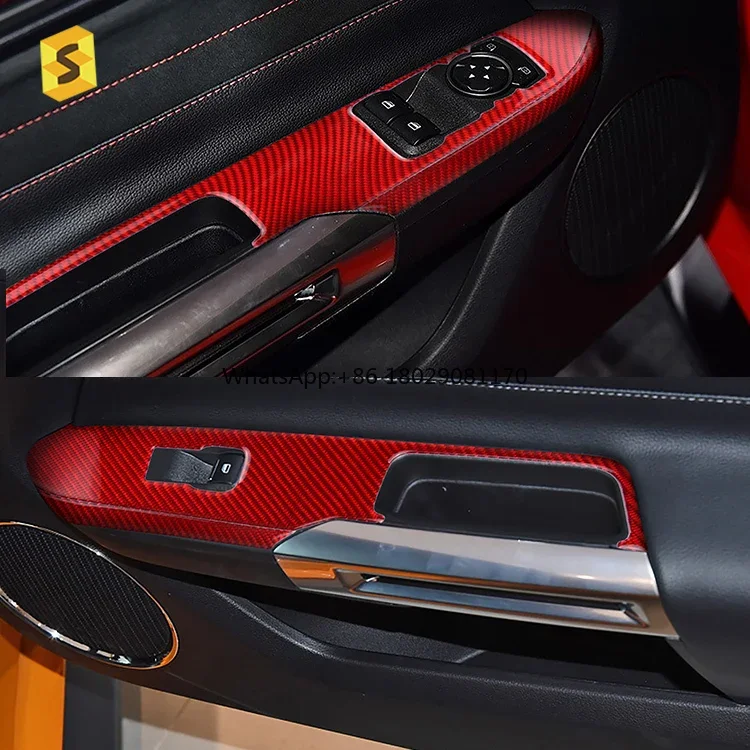Sliding windows are most vulnerable when they’re slightly open and when the sash can be lifted upward. A simple layered setup—2-position (vent/full) stopper + anti-lift pad + a few habits—dramatically improves everyday safety without giving up fresh air.
Who is this for?
-
Apartments with corridor or low floors where access is easier at night
-
Homes with children or pets (never rely on insect screens to hold weight)
-
Anyone who wants nighttime airflow without worrying about an unlocked gap
Why sliding windows need help (plain English)
-
The “slightly open” trap: A small gap makes it easier to pry the sash further.
-
Up-lift (sash lifting): If the top track has slack, the sash can jump upward and defeat the latch.
-
Screens ≠ safety: Insect screens are not load-bearing. They keep bugs out, not people in.
The fix: use layers—2-position stopper to control how far it slides, anti-lift pad to remove top slack, and a few sensible routines.
Pick your “safe venting” setup
| Situation | Why it matters | What to combine |
|---|---|---|
| Night/away time, 1–2 person households | Slight gap & up-lift are common | 2-position stopper (vent/full) + anti-lift pad |
| Homes with kids | Fall risk; screens are not protective | Minimal vent gap + 2-position stopper + remove climbable furniture |
| Low floors / corridor side | Less visibility at night | 2-position stopper + anti-lift + door/window contact alarm or warning sticker |
| Glass break concern | Shards on breakage | Safety (shatter-resistant) film + above |
Think “layered” not “perfect.” Small parts, stacked together, make a big difference.
10-Minute Install Coach: 2-Position Stopper
You’ll need: isopropyl alcohol (IPA) or glass cleaner, dry cloth, a pencil for marks
Good conditions: 15–30 °C (59–86 °F)
-
Mark two points
-
Position 1 (FULL LOCK): zero movement
-
Position 2 (VENT LOCK): a narrow gap—no child’s hand/arm can pass
-
-
Degrease
Clean the rail/frame (dust + oils) and let it dry completely. -
Attach
Peel the liner → place the stopper accurately in one motion → press 30–60 s. -
Settle
For 24 h, avoid strong force (initial cure). -
Test
Confirm the sash stops exactly at both positions.
Pro tip: round the stopper’s corners with scissors—rounded edges resist peeling over time.
How to choose the vent gap (simple rule)
-
Measure your usual opening with a tape.
-
Reduce it one step.
-
Check that no hand/arm/head can pass—be conservative on high floors or windy sides.
Post-install habits that matter
-
Daytime: use VENT LOCK for airflow
-
Night/away: switch to FULL LOCK—make it a habit
-
Declutter the sill: move stools, storage boxes, or anything kids can climb
-
Fix up-lift: if the sash “clunks” upward, add an anti-lift pad at the top track
-
Dust control: vacuum/brush the rail so grit doesn’t wear the contact points
-
Emergency egress: everyone in the home should know how to release the stopper fast
Common problems → quick fixes
-
“It keeps coming off.”
Usually poor surface prep or skipping the 24-hour settle time. Clean again, avoid extreme temps, round the corners. -
“My glass has water-repellent coating.”
Adhesion drops a lot. Use a non-coated smooth area or remove the coating where you mount. -
“Not sure about the right vent gap.”
Start narrower: if an elbow can’t fit through, you’re in the safe zone. Re-check when furniture layout changes.
Light maintenance calendar
| What to check | When | How |
|---|---|---|
| Rail dust/grit | Every 2–4 weeks | Brush or vacuum the track |
| Stopper adhesion | Quarterly | Look for lifted corners or shifting |
| Top-track slack (up-lift) | Twice a year | Try lifting sash; add/replace anti-lift pad if needed |
| Vent gap | When seasons/furniture change | Re-measure; keep it conservative |
Final safety checklist
-
Marked FULL/VENT positions
-
Degreased → pressed → 24 h settled
-
Vent gap small enough (no hand/arm passes)
-
Night/away = FULL LOCK habit
-
Climbables removed from the window area
-
Anti-lift installed if top slack exists
-
Everyone knows the fast-release method









